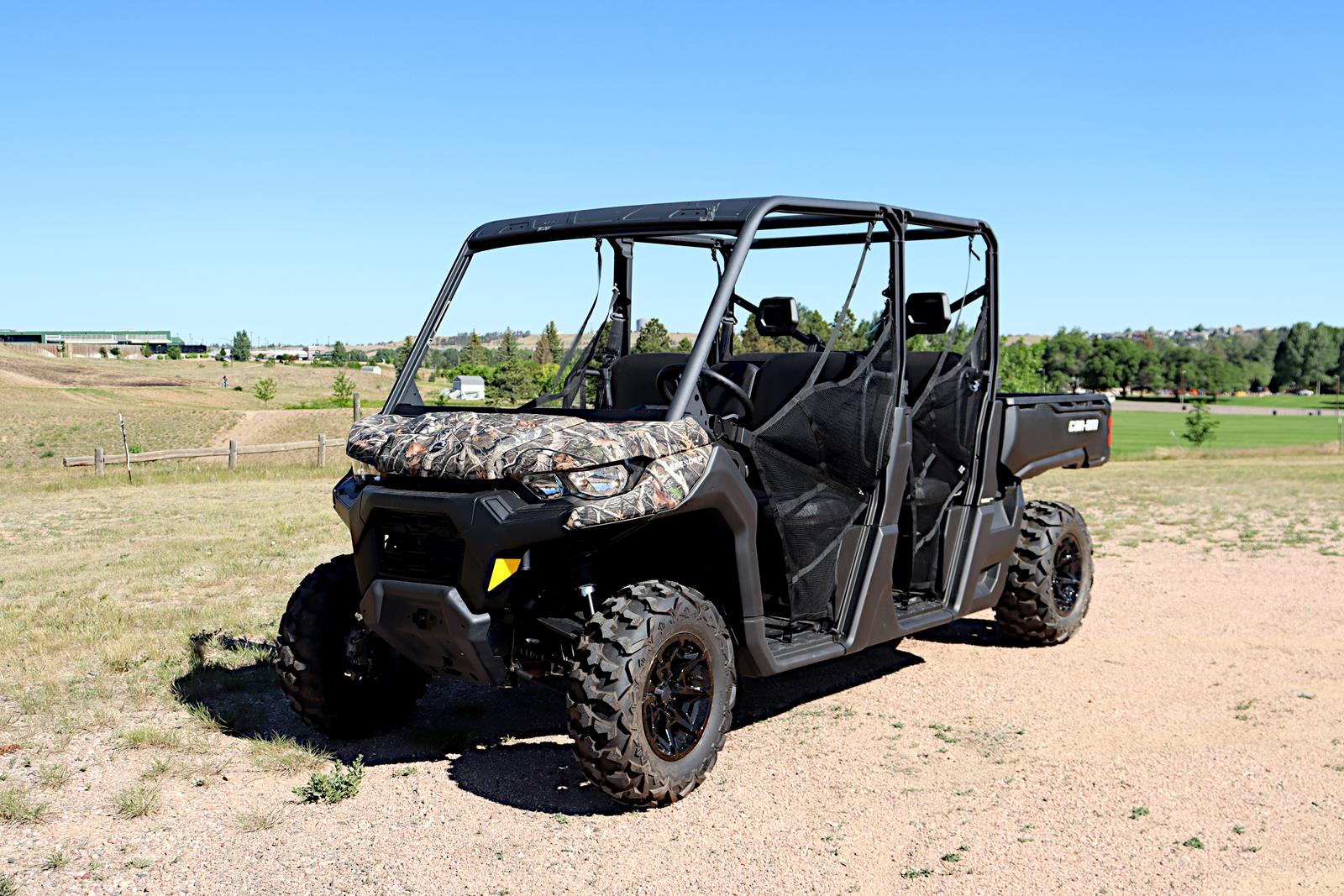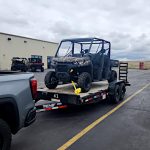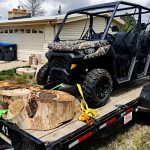The Can-Am Defender is the workhorse of the utility vehicle maker’s lineup. With a pickup-truck-style dump bed, a high-torque powertrain, and “get there to do that” attitude, the Can-Am Defender is a tool rather than a toy.
We spent a few weeks with the Defender Max model, which has seating for four or more on a long wheelbase. This is a great rig for getting stuff done on the farm or ranch, going hunting, etc.
The Defender is relatively cheap, given its capability, with even the Max model having a starting price of $15,199. There is a lot of cheap plastic and the electronic do-dads are basically non-existent at that price, but this is a working machine not meant for play. The new 2024 models are quieter and have a ton of configuration options.
The 2024 Can-Am Defender has two engine options. Which you get will depend on the model chosen. The basic engine (HD7) is a 650cc single-cylinder, liquid-cooled engine that outputs 52 horsepower and 42 pound-feet of torque. The other (HD9) is a two-cylinder, liquid-cooled 976cc unit that outputs 65 hp and 59 lb-ft. Both have a continuously variable transmission (CVT), but each is paired with one matched to its output. Four-wheel drive is selectable (rear-wheel default) on both engine-transmission combination and an auto-locking front differential is standard. Driving modes include Eco, Work, and Turf. Eco mode saves fuel and quiets the engine, Work mode maximizes torque output, and Turf mode limits torque and unlocks the rear differential to keep the tires from tearing up the lawn.
The whole Defender rig rides on a double A-arm front suspension with 10 inches of travel and a torsional trailing arm (TTA) rear suspension with the same amount of travel. Twin-tube gas shocks and 14-inch wheels with 27-inch trail tires are also standard. The Defender also includes a small pickup-style dumping bed that doubles as the “hood” covering the engine and transmission. 220mm disc brakes provide stopping power via hydraulic twin-piston calipers up front and singles in the back.
The Can-Am Defender has a payload capacity of 1,000 pounds. Except in California where it’s 600 for some reason. Towing is rated at 2,500 pounds and a UTV tow hitch is included with every Defender. The tailgate is rated for 250 pounds. Total payload, including passengers, is 1,500 pounds in the Defender.
During our time with the UTV, we took the Defender around our yard to haul turf, dirt, rocks, fencing, and a lot of other stuff. It handled everything nicely. The dump bed is especially useful for getting things done. I did note that the shifter is not always easy to feel when moving from Park to Reverse, often dropping into Neutral instead. I quickly got used to wiggling the handle when in Reverse to make sure it stayed there. Turning is also not very sharp, especially under load, so expect to take a wider berth than might be expected when the Defender is loaded.
All of that said, the Can-Am Defender is a workhorse, not a sport machine, so those quibbles are pretty light compared to the capability and price for this rig. The single-color display that shows the gauges and such is no frills and easy to understand. Where I live, adding a simple rearview mirror makes a UTV street legal (with plates) and even more useful.
It’s easy to underestimate how useful a machine like the Can-Am Defender can be. Whether out in the country or on a large plot in suburbia.


















